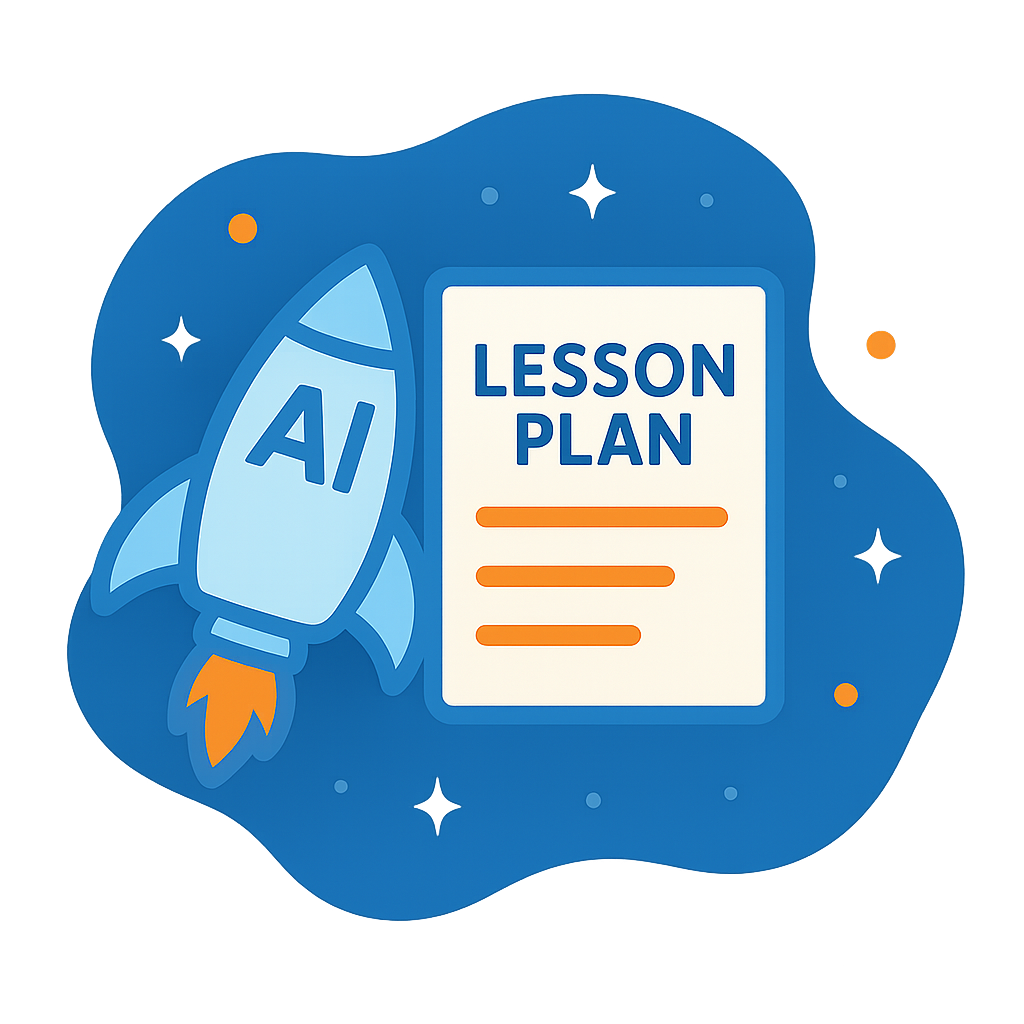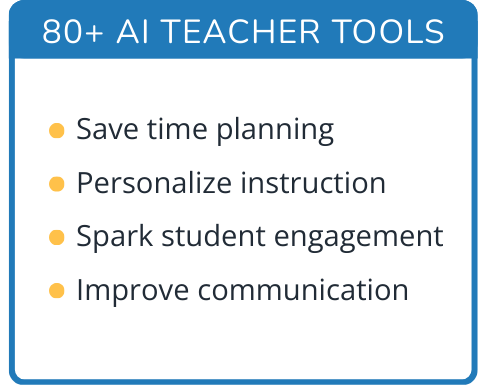Hi, what do you want to do?
Curated OER
Measuring the Diameter of Our Star
Students conduct an experiment to measure the diameter of the sun. In this astronomy instructional activity, students construct a simple equipment to collect scientific data. They calculate the sun's diameter using a given formula.
Curated OER
Pounds
In this mathematics worksheet, 1st graders identify which items pictured weighs more or less than a pound. Then they circle the objects that weigh more and place an X on the object that weigh less than a pound.
Curated OER
Inchworm
Students discover the basic concept of measuring. In this mathematics relationship lesson, students identify length, volume, weight, time and area in order to measure different units. Students measure items using different...
Curated OER
Oobleck
Second graders observe the properties of Oobleck. For this science and observation lesson, 2nd graders examine Oobleck and make a list of 10 properties that they notice. They explain their observations.
Curated OER
Compass Designs
Students investigate the properties of two and three dimensional objects. In this geometry lesson, students differentiate polygons based on similarity and congruence. They make observation and interpret the data.
Curated OER
Landmarks Over Time
Students compare/contrast bird's-eye views of Texas cities in the 1800s to those in the 2000s through the identification of landmarks. They write a summary of how one selected city has changed over time.
Curated OER
CATCH, TAG and RELEASE
Students apply estimation strategies for problem-solving purposes. They become familiar with one aspect of a marine biologist's work.
Curated OER
Circular Motion: Target Practice
Students demonstrate direction of velocity of an object in circular motion. They discuss the mathematical formula, and demonstrate the formula using a string, rubber stopper and a target.
Curated OER
Exploring Hawaii's Beaches
Fourth graders search the shore and find objects on the beaches of Hawaii. In this exploring Hawaii's beaches lesson, 4th graders play "I Spy" with objected collected at the beach. Students compare biotic and abiotic...
Curated OER
Going West: The Artist Who Painted the Way
Fifth graders study the artists and artwork of the Westward movement. In this Westward Movement lesson set, 5th graders examine the characteristics of the art of this era. They look at the lives of the artists and think about how the art...
Curated OER
Lenses
Learners identify the different uses of lenses. In this physics lesson, students compare lenses with different magnifications. They record data and discuss results in class.
Curated OER
Seven Famous African-American Masters of American Art
Students examine seven different African-American artists. In groups, they use the internet to identify their contribution and techniques to the art world and examine the time period in which the artwork was produced. To end the...
Pennsylvania Department of Education
Thinking About Numbers from 1 to 20
Help your kindergarteners discover new number-sense concepts and to compose and decompose numbers. Though the resource contains no procedural details, the assessment tool (which you can find in the "printer friendly version") has...
Curated OER
Sequencing From Close To Far
Students explore how objects stay the same size and only "look" like they change when closer are farther from the object. They sequence aerial photos and satellite images from closest to farthest.
Curated OER
Measurement: The Size is Right
Specific learning goals are grouped for different grade levels spanning pre-kindergarten to eighth grade. After preparing the questions and materials, you call a learner to come in front of the class and play the game. Young learners...
Curated OER
Do You See What I See?
Students engage in a lesson that differentiates between right and wrong types of observations. In order to conduct the experiment they are provided with leaves and nameless objects with different designs. The two are compared and...
Curated OER
Estimation & Central Tendency
Eighth graders view pictures that show many objects, estimate amount that they think they saw, and take class data from estimation to find the mean, median, mode, and range for the class.
Curated OER
Science Fair With An Energy Efficiency Flair
In order to learn more about energy conservation, pupils work to promote energy efficiency by participating in a school-wide science fair with an emphasis on energy conservation. In addition to displaying their projects, learners invite...
Curated OER
Shape Hunt
Explore the world of shapes! After free tangram exploration and pair share time, learners describe various patterns and shapes in both the natural and designed world. They investigate the use of tangrams to create patterns and shapes.
Curated OER
Positive and Negative Numbers
Pupils use blocks and markers to illustrate the processes of adding, subtracting, multiplying and dividing integers. In this mathematics lesson plan, learners use Algebra blocks to demonstrate multiplying polynomials.
Curated OER
Pebbles, Sand and Silt -- Categorizing Fiction and Informational Books
Primary readers complete the activities in a Pebbles, Sand and Silt FOSS kit. As a class, they are given a group of rocks and they are to categorize them based on their activities in the FOSS kit. They use this information and apply it...
Curated OER
Relations
Learners identify, compare, and analyze shapes and numbers. In this analogies and comparison math lesson, students warm up by completing 4 worksheets to familiarize themselves with analogies. In small groups, learners are challenged to...
Curated OER
Discovering Dinosaurs
Third graders use an online database to gather information about five dinosaurs that are of interest to them. Using a chart, they record their length, height and two interesting facts for each dinosaur. They draw a picture of the...
Curated OER
Paint Plus
Using the computer and the Paint program, Students explore the different tools available in the paint program, and then create a picture showing two sets of pictures and an equation.




























